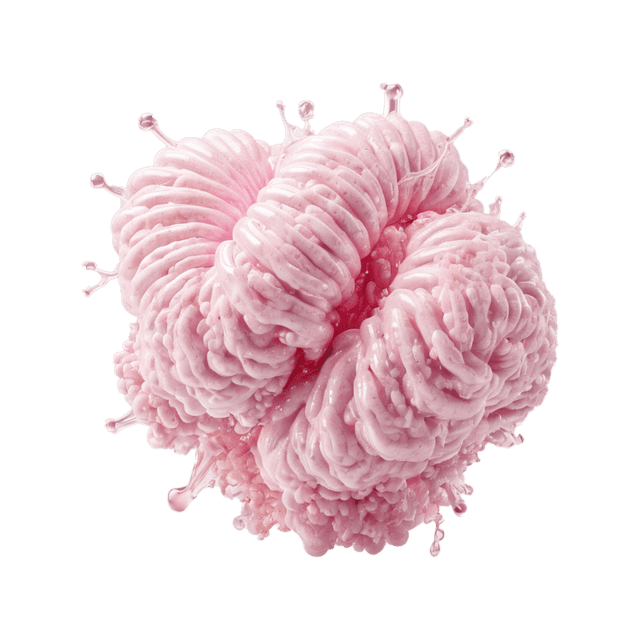What is Dihydrotestosterone?
Dihydrotestosterone, also known as S-DHT, is a potent androgen, a male sex hormone, produced through the conversion of testosterone via the enzyme 5-alpha-reductase. DHT has a powerful effect on many tissues and is particularly active in the skin, hair follicles, prostate, and genitalia. DHT is responsible for the development of male genitalia during fetal stages and plays a crucial role in pubertal changes in men.
DHT is biologically more active than testosterone and binds more strongly to androgen receptors. Due to its strong activity, DHT can have a significant impact on hair loss and prostate diseases. In women, DHT is produced in much lower amounts in the ovaries and adrenal glands and does not have as large an impact compared to other hormones such as estrogen and progesterone.
Why is Dihydrotestosterone Important for Men?
DHT is crucial for many processes that shape male sexual characteristics and reproductive health. As one of the most potent androgens, DHT drives the development of secondary sexual characteristics, particularly during fetal development and puberty. DHT is responsible for the masculine differentiation of the genitalia, prostate growth, and body hair that appears during puberty. Its strong impact on androgen receptors in the skin and hair follicles also makes it a key factor in hair growth and – in some cases – hair loss.
It is directly linked to the following processes:
- Development of genitalia and prostate during fetal stages.
- Development of body hair, beard growth, and voice changes during puberty.
- Regulation of hair growth and hair loss on the scalp (androgenetic alopecia).
- Stimulation of prostate growth and related conditions, such as benign prostatic hyperplasia (BPH).
Relationship with Other Steroid Hormones
DHT is a derivative of testosterone and acts as an active metabolite. Testosterone is converted to DHT by the enzyme 5-alpha-reductase in various tissues, such as the skin and prostate. While both DHT and testosterone are androgens, they have different effects on the body. While testosterone is primarily involved in muscle building and maintaining libido, DHT is more focused on the skin, hair follicles, and prostate function.
In simplified terms, DHT is formed from testosterone through a biochemical conversion. When testosterone comes into contact with the enzyme 5-alpha-reductase, it is converted into DHT, making DHT a "metabolite" of testosterone. As an active metabolite, DHT has stronger biological activity than its precursor hormone, testosterone, and binds more effectively to androgen receptors.
DHT also affects the balance of other steroid hormones. For example, high levels of DHT can lead to lower availability of testosterone, which in turn can affect the hormonal balance in the body. Another important relationship is between DHT and estrogen, as the androgen-estrogen balance affects everything from sexual function to fat distribution in the body.
Symptoms of Abnormal DHT Levels
Elevated or decreased levels of DHT can lead to various symptoms and discomfort:
- Elevated DHT levels: Can cause androgenetic alopecia (hair loss), acne, benign prostatic hyperplasia (BPH), and an increased risk of prostate cancer.
- Low DHT levels: Can lead to reduced sexual function, decreased body hair, and, in some cases, affect pubertal development in boys.
Why Is DHT Analyzed?
DHT is typically analyzed in conjunction with the investigation of hormonal imbalances or symptoms related to high or low androgen levels. Common conditions where a DHT analysis may be relevant include:
- Investigation of hair loss (androgenetic alopecia) in men and women.
- Diagnosis and monitoring of benign prostatic hyperplasia (BPH) and prostate cancer.
- Puberty disorders in boys, such as delayed or early puberty.
- Investigation of gender dysphoria or hormonal treatments in transgender individuals.
How Does Treatment Affect DHT?
A common treatment for conditions caused by elevated DHT levels, such as hair loss or benign prostatic hyperplasia, is the use of 5-alpha-reductase inhibitors. These medications, such as finasteride and dutasteride, reduce the conversion of testosterone to DHT, which can alleviate symptoms. However, these treatments can also affect libido and muscle mass as they lower androgen levels.















